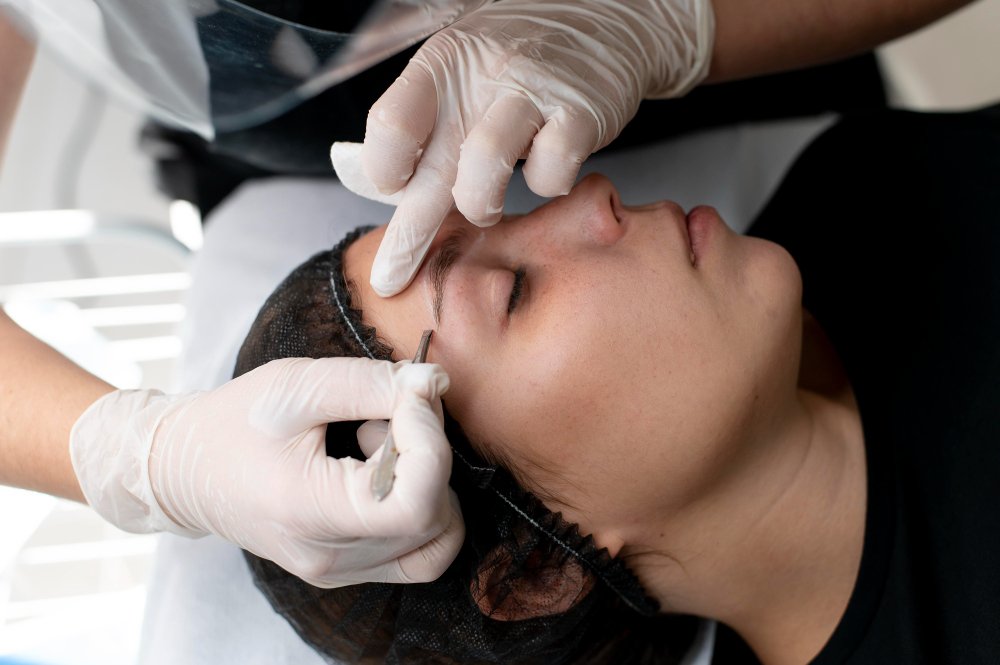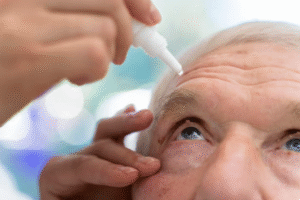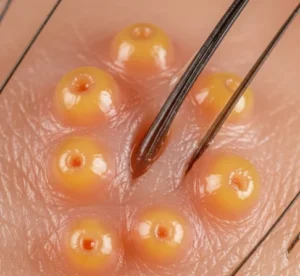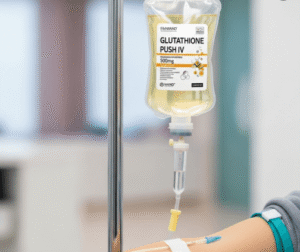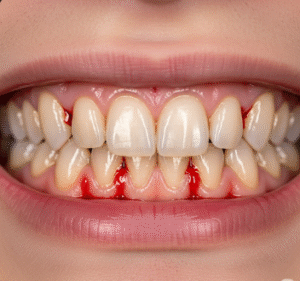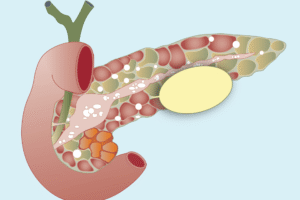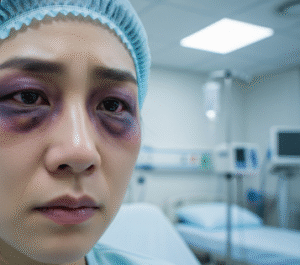Overview
Angioedema is a rapid swelling of the deeper layers of the skin, often occurring around the eyes, lips, throat, hands, or feet. It may be accompanied by hives (urticaria) and can be triggered by allergic reactions, medications, or genetic factors. While most cases are mild, angioedema can sometimes cause life-threatening airway obstruction.
What is Angioedema?
Angioedema is a condition characterized by sudden and severe swelling beneath the skin or mucous membranes. Unlike hives, which affect the surface of the skin, angioedema involves deeper layers and may last longer. It may present alone or with urticaria and can be classified into different types:
- Allergic Angioedema: Triggered by allergens like food, insect stings, or medications.
- Drug-Induced Angioedema: Commonly caused by ACE inhibitors used for hypertension.
- Hereditary Angioedema (HAE): Caused by genetic deficiency of C1 esterase inhibitor.
- Idiopathic Angioedema: Unknown cause.
Symptoms
- Sudden, painless swelling of the face, lips, tongue, throat, or extremities
- Swelling in the gastrointestinal tract (may cause abdominal pain)
- Redness or warmth over swollen areas
- Difficulty breathing or swallowing (if throat is affected)
- Hoarseness or stridor
- Itching or rash (in allergic cases)
Causes
- Allergic reactions: Foods (e.g., peanuts, shellfish), insect bites, latex
- Medications: Penicillin, NSAIDs, ACE inhibitors
- Genetic mutations: Affecting C1 inhibitor protein
- Autoimmune diseases
- Infections or physical triggers (e.g., cold, pressure)
Risk Factors
- Personal or family history of allergies
- Use of ACE inhibitors or other certain medications
- Hereditary angioedema (family history)
- Autoimmune disorders
- Female gender (especially drug-induced forms)
- Recent infections or stress
Complications
- Airway obstruction (life-threatening emergency)
- Recurring episodes leading to reduced quality of life
- Gastrointestinal symptoms like cramping and nausea
- Emotional stress and anxiety from unpredictable attacks
- Anaphylaxis, if associated with a severe allergic reaction
Prevention
- Avoid known allergens or triggers
- Inform doctors about any drug allergies
- Genetic counseling for hereditary angioedema
- Wear a medical alert bracelet
- Use preventive medications (e.g., danazol, lanadelumab for HAE)
- Keep emergency medications (e.g., epinephrine auto-injector) on hand
Treatment Options in Korea
South Korea offers cutting-edge diagnostics and personalized treatment plans for angioedema across top hospitals:
Emergency Care:
- Airway management with oxygen or intubation if breathing is compromised
- Epinephrine injection (in anaphylactic cases)
- Antihistamines and corticosteroids for allergic angioedema
- Hospitalization in ICU for severe swelling or respiratory distress
Treatment for Hereditary Angioedema (HAE):
- C1 inhibitor replacement therapy (Berinert, Cinryze)
- Bradykinin B2 receptor antagonist (Icatibant)
- Long-term prophylaxis: Lanadelumab, danazol, or tranexamic acid
- Genetic testing is available in Korean hospitals for diagnosis and treatment planning.
Chronic or Recurrent Angioedema:
- Immunotherapy for allergy management
- Evaluation for autoimmune or idiopathic causes
- Lifestyle modification and medication adjustment

